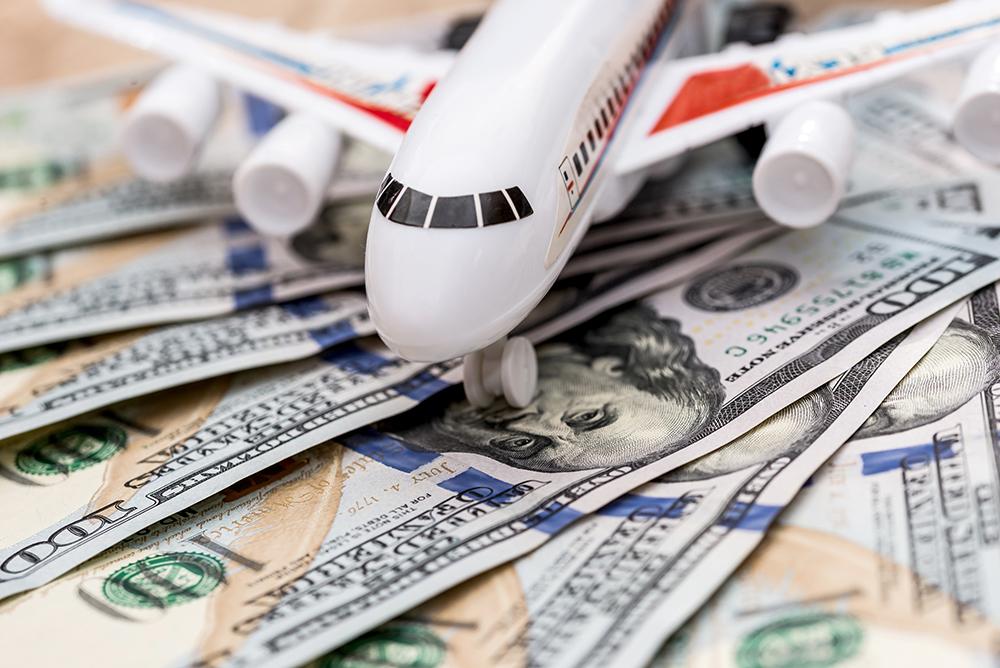
One tool for retaining and recruiting aircraft mechanics is pay. However, along with job losses and job instability during the pandemic, U.S. mechanics’ pay raises were not enough to keep up with inflation during the first two years of the traffic slump. That helps explain pressure for wage increases now, as the MRO industry looks for more workers, and prices continue to accelerate.
According to the latest data from the U.S. Labor Department, aircraft mechanics’ average hourly wages rose 3.5% from May 2019, before the pandemic, to May 2021, early in the recovery. Prices for consumer goods increased 4.5% over the same period, resulting in a loss of real wages of about 0.9%.
Moreover, wage trends differed by sector.
Interestingly, the lower paid mechanics did the best. Shop mechanics averaged only $27.39 per hour in 2019, but increased their average pay 4.3% by May 2021, nearly matching inflation and losing only -0.2% in real purchasing power.
Airline mechanics are generally the best paid workers and averaged more than $41 per hour in 2019, pre-pandemic. However, this average increased only 3.8% by 2021, for a loss in purchasing power of -0.6%.
OEM mechanics are in the middle of the pay scale and averaged $32.26 in 2019. Their average pay rose only 0.2% by 2021, for a loss in real income of 4.1% in just two years.
OEM and airline mechanics generally enjoy better job security than shop mechanics, which may offset some of the real pay losses during the slump. But declining real wages are not sustainable for an industry that needs to attract another generation of workers.
These trends also occurred mostly before the big acceleration in U.S. inflation. The personal consumption expenditure deflator, the most accurate measure of prices facing U.S. workers, rose another 6.4% in the 12 months through February 2022.
Airlines, shops and OEMs face a tricky challenge in light of these inflationary trends and the need to bring a new generation of workers onto shop floors, hangars and ramps. They must compensate workers for purchasing power already lost to inflation, but not build continuing inflation into their future costs, if possible.
That is the same challenge all U.S. businesses face: How to deal with past inflation without setting off a wage-price spiral that can only be broken by a very costly recession.





